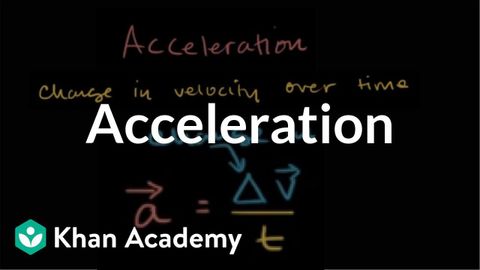加速度 - 一維運動 - 物理學 - 可汗學院 (Acceleration | One-dimensional motion | Physics | Khan Academy)
 沒有此條件下的單字
沒有此條件下的單字- n. (c./u.)小時;某個時間;(某個固定的)時間;(車程)小時;按小時
- v.t.換(衣服);兌換,比如紙幣換硬幣;更改;更換,交換;改變;更改
- n. (c./u.)替換的衣服;零錢;找零;做出改變
- v.t.寫;書寫;寫(程式);寫;創作(歌、音樂)
- n. (u.)節拍;(準確的)時間;時間(多寡);(經歷的)一段時光;(經歷的)時光;時代;時期;時間;時刻;時候
- v.t.測量(節拍);為...計算時機;計時;測量時間;使適時;安排...的時間

